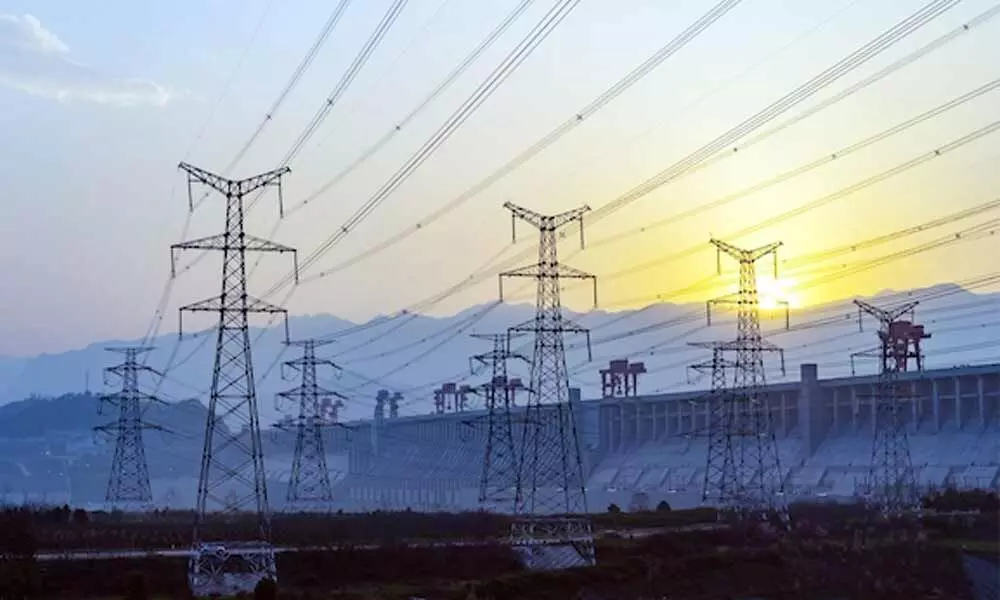Overseas participants lining up for Indian power exchanges
The operationalisation of cross-border sale and purchase of electricity will bring larger number of buyers and sellers from neighbouring countries
image for illustrative purpose

After Nepal, the plan is that Indian power exchanges start hosting buyers and sellers from countries such as Bhutan and Bangladesh. This could be followed up by bringing participants from Myanmar and Sri Lanka
Indian power exchanges may soon host a larger number of buyers and sellers from neighbouring countries with the operationalisation of cross-border sale and purchase of electricity for which regulations have already been issued by the Central Electricity Regulatory Commission (CERC) and Central Electricity Authority (CEA) has notified the procedures.
At present, the country's largest power exchange Indian Energy Exchange (IEX) has begun trading of electricity hosting participants from Nepal on its platform.
IEX head of business development, Rohit Bajaj said that potential for cross border power trading was immense and soon its platform could host participants from Bangladesh and Bhutan with whom India already has a power transmission line.
"We started this market on April 17 and already we have traded 150 million units electricity. The potential is good for buy deals from electricity deficient countries such as Nepal and Bangladesh while sell options could come from Bhutan. We expect more overseas participators to join the exchange platform for trading given the competitive price discovery that it allows.
"This is one step forward towards the development of regional markets. With better connectivity in coming years, the cross border trading could also include countries such as Myanmar and Sri Lanka," Bajaj added.
After Nepal, the plan is that Indian power exchanges start hosting buyers and sellers from countries such as Bhutan and Bangladesh. This could be followed up by bringing participants from Myanmar and Sri Lanka.
Such participation from overseas entities on Indian exchanges would not be direct but through any electricity trading licensee of India. Trading will be through bilateral agreement between two countries, bidding route or through mutual agreements between entities. In case of Nepal, NTPC Vidyut Vyapar Nigam (NVVN) is the trading partner that has enrolled Nepal Electricity Authority (NEA) cross border trading upto 350 MW now.
"Myanmar and Sri Lanka is also being explored now but it will take some because we do not have connectivity with Sri Lanka and have very limited connectivity with Myanmar. With Sri Lanka deep sea cabling is being explored," Bajaj said.
Experts point out that cross border transactions would only be successful once the monopoly of state distribution entities is broken and a multi-buyer-multi-seller market is developed for trading for efficient price discovery.
Though correct estimates are yet to be made, industry sources said that there could be demand for 300 to 400 MW from cross border trade in the spot market initially. Currently, just about 3,000 MW of power is traded in the South Asia region among seven countries including India, Bhutan, Bangladesh, Nepal, Pakistan, Sri Lanka and Myanmar.
India annually imports about 1,200-1,500 MW power from Bhutan and exports about 1,200 MW to Bangladesh, 500 MW to Nepal and 3 MW to Myanmar. A vibrant power exchange market with ability to trade in spot market for consumers in domestic as well as overseas market would also be good news for power generators as they could tide over any situation of low demand in the domestic market to transfer capacities overseas.

